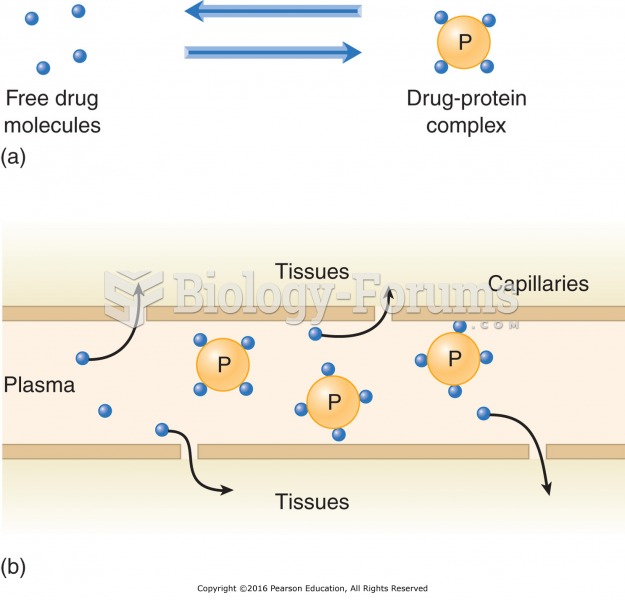Was the drug testing program justifiable under the spacial needs doctrine?
A union challenges drug testing provisions in a collective bargaining agreement. The program requires testing of 15 percent of covered employees, meaning that an individual employee can expect to be tested only once every seven years on average. The urine specimen collector may be outside the bathroom in the near proximity and the employee closes and (locks, if he/she chooses) the door and has full privacy while urinating. Covered employees include probation or parole officers who have regular unsupervised access to and direct contact with probationers or parolees; non-custodial prison employees who have regular unsupervised access to and direct contact with prisoners (including athletic and program coordinators, chaplains, counselors, therapists, special education teachers, dietician/nutritionists, and general office assistants); and medical workers in prisons and mental health facilities (including nurses, occupational therapists, psychologists, social workers, psychiatrists, physicians, and dentists). There was no pre-existing drug problem among these employees. What will be an ideal response?
Question 2
Is opening the front door to get identification information about the driver the same as reaching into a car for the limited purpose of viewing the VIN, as held in New York v. Class (1986)?
Sergeant Castleberry alone on patrol at 11:45 P.M., came upon a sedan and a truck stopped in a pullout in a desolate and frequent crime area, next to each other with their engines running. He approached the sedan's driver's side window. A fifteen-year-old female occupied the driver's seat. She said the car's owner was in the back seat. Through fogged-up windows, the Sergeant saw two people in the back seat. He opened the rear driver's side door. The car's owner and driver, Angie Brake, identified herself. The Sergeant told Brake that he was concerned for the well-being of a young girl far away from home late at night in a high-crime area. Castleberry asked Brake for identification. She replied that her identification was in her purse in the front seat of the car. Brake offered to retrieve it. Sergeant Castleberry instructed Brake not to, and instead, he walked around the rear of the vehicle and opened the front passenger side door. While reaching for a purse on the front passenger seat, he noticed a small white bindle resting on the front seat next to the purse that contained cocaine. To that point Sergeant Castleberry paid no attention to the truck. He then investigated the occupants of the truck and ultimately arrested Brake. Did Sgt. Castleberry violate Brake's Fourth Amendment rights by opening the front car door without consent?
What will be an ideal response?







